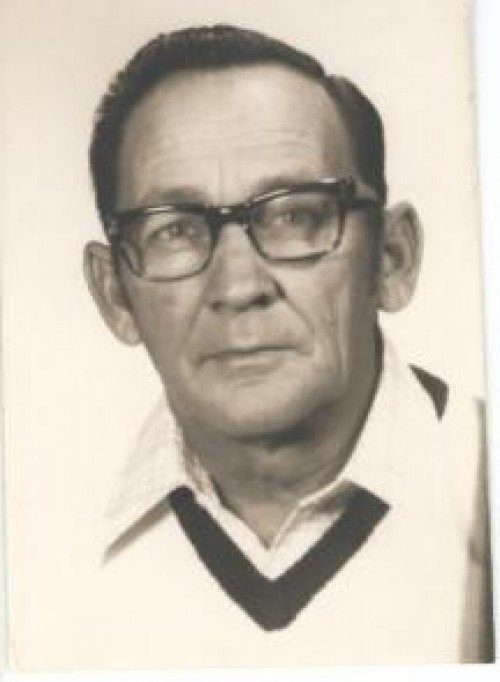November Theatre
November 5, 2007
Daniel Rodrigue, Sr.
November 7, 2007Hode Kotb was always a favorite of mine when she was anchoring the news for WWL, and I was privileged to hear her share her Hurricane Katrina experiences with a large audience at Nicholls State last fall. Recently on the Today Show, she shared an even more emotional experience, her recent battle against breast cancer.
Listening to Hode talk about her fight with breast cancer brought back many memories of my beloved friend and neighbor, Bobbie Lee Small. After enduring two long years of treatment, Bobbie Lee’s fight with breast cancer sadly ended in 1997.
Five years later, her then 29-year-old daughter, Vickie was diagnosed with breast cancer too. Happily, Vickie is now in remission, and I like to think that her successful treatment is at least partly because of what the doctors learned while treating her mother. Without a doubt, experience with her mother’s fight with breast cancer created an awareness of the disease that led to life-saving early detection for Vickie.
You may have read recently about a new report from the nation’s leading cancer organizations showing cancer death rate declines nearly doubling in recent years. And while it is good news that overall cancer death rates are declining, in breast cancer that is not the case — they are holding steady. The message is clear: we must remain vigilant.
Which leads me to ask: Have you had your annual mammogram?
Surprisingly, chances are the answer to that question is “no.”
We know what we should do, but we’re not always doing it. Real strides are being made in the fight against breast cancer; the five-year survival rate is 98 percent when detected early. With a statistic like that, isn’t it alarming that recent research shows the rate of women getting their regular mammogram is declining?
Right now, there are over two million women living in the U.S. who have been treated for breast cancer. Nationwide, more than 178,480 women will be diagnosed with breast cancer, and approximately 40,460 women will lose their lives from the disease this year.
In the state of Louisiana alone, 2,820 new breast cancer cases are estimated to be diagnosed in 2007 and 730 deaths in the state will be attributed to this disease.
We can all do our part in further reducing the incidence of breast cancer by knowing our risk, getting screened, and talking with our family, friends and loved ones about prevention. Here are some tips on prevention and early detection:
The combination of monthly breast self-exams, yearly clinical breast exams, and regular mammograms beginning at age 40 is the best way to detect breast cancer in its earliest and most treatable stages.
• Breast Self-Exam (BSE): Every woman should examine her breasts once a month to check for physical changes. If you are unsure of how to perform a breast self-exam, ask your health care provider to demonstrate and explain the ideal time to conduct one. It is very important for women to become familiar with their breasts and understand what feels normal. Start early, beginning at age 20.
• Clinical Breast Exam (CBE): Be sure to ask your health care provider to give you a clinical breast exam each year. The exam consists of checking the breasts for any changes, lumps, or other possible warning signs of breast cancer through physical touch and appearance. You should begin having clinical breast exams in your 20s and 30s.
• Mammography: Beginning at age 40, all women should have an annual mammogram. It is a good idea to have a baseline mammogram at age 35. The mammogram is an “X-ray” of the breast and is the most effective method of detecting breast changes that may be cancer, long before physical symptoms can be seen or felt.
It is also important to know that while all men and women are at risk, some women are at a high risk.
What groups are these?
Age itself is a risk factor for breast cancer, of which many women are not aware. About 77 percent of the women diagnosed are over the age of 50. Also at risk are women with a family history of breast cancer, women with inherited abnormal genes, women who have previously had cancer in one breast, and obese women with sedentary lifestyles.
The following may occur when a cancer has grown to the point where physical signs and symptoms are present: breast lump or thickening; swelling, redness or tenderness; skin or nipple changes in color or texture; dimpling or puckering of the skin; nipple pain, discharge, scaliness or retraction; and, lumps under the armpit area.
If you experience any of these symptoms, see your doctor.
Peachy Melancon is the spouse of Representative Charlie Melancon and is a member of Congressional Families Action for Cancer Awareness.







